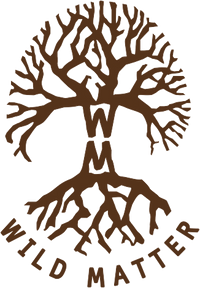Posted on November 08 2017
The Shipibo are considered one of the largest ethnic groups in the Peruvian Amazonian - estimates suggest that their community today numbers some 20,000 people. The members of the tribe are spread out over the Ukayli River and around the city of Pucalpa, which was built on its banks. Despite the constant exposure to the modern world, many ancient traditions and crafts are still preserved in the daily life of the tribe: tribal art in rhymes, textiles and pottery, and ritual work with medicinal plants.
The Shipibo tribe has an ancient and extensive tradition of shamanism and work with the ayahuasca, a vegetative consciousness psyco-active compound, as part of their culture. In the course of modern history, many people have been able to undergo initiation and learn from the elders the ancient knowledge of this work, which is preserved and transmitted from generation to generation.
The art of restoration is very unique and is directly influenced by the tribe's connection to the world of plants.


It is characterized by complex design patterns and special sacred geometry. This art expresses the perception of another, cosmic reality, and provides a glimpse into the cosmological world of the tribe. It constitutes a deep dialogue with the spiritual world and the forces of nature.
The ayahuasca is a significant part of this dialogue. During the work of the shaman with the tea (Brew) he's exposed to geometric patterns of energy.
Another manifestation of these patterns is expressed in the sacred poetry of the shaman, called Icaro, used by the shaman to heal his patients. There is a significant connection between the Icaro and the patterns that can be seen on the fabrics and the jars, making it difficult for us to grasp in the form of the modern thought. The Shipibo people are able to listen to the Icaro and express the creation of it, or to look at the craft work and hear from it.
The art of restoration is the work of the women of the tribe. From a young age, the tribe's girls learn from their mothers and grandmothers. Their art is unique handicraft and therefore can not be produced in mass production. Traditionally all crafts are made from natural materials. The process of making the embroidery can take up to 3 months for a large piece.
Today, as in other traditional communities around the world, there is moderate pressure from the outside world on the community and its way of life. The younger ones are less interested in its tradition and its preservation, and the economic demand is growing. Selling art is a major way for a tribe to support itself in a changing reality. The acquisition of art through fair trade - supports the preservation of the ancient traditions of the community and its ability to maintain its unique ethnic diversity.

0 comments